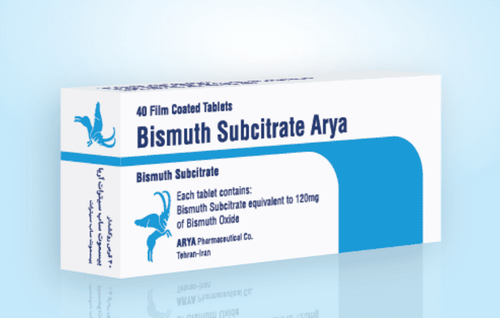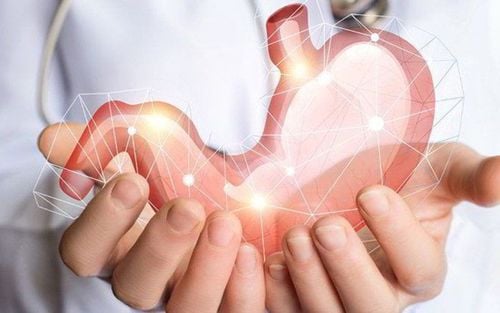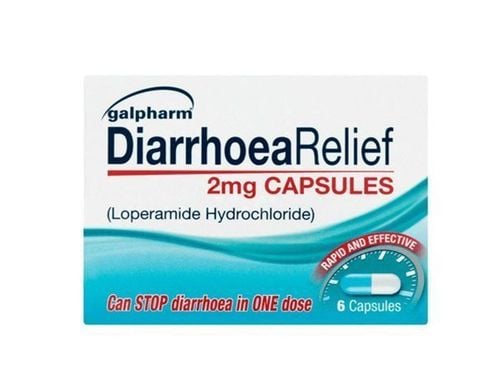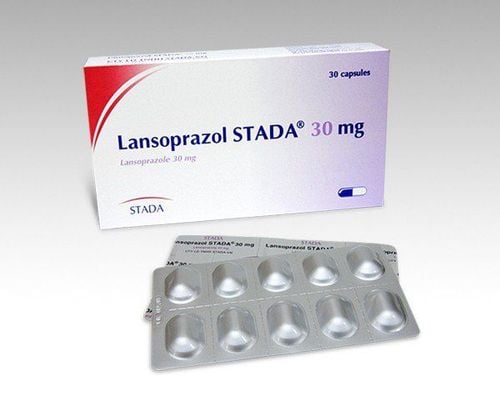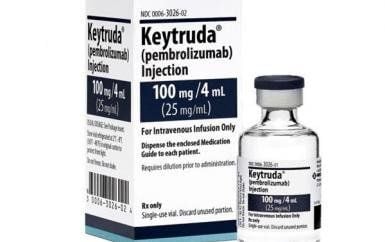This is an automatically translated article.
The article was professionally consulted by Doctor Department of Medical Examination & Internal Medicine - Vinmec Hai Phong International General Hospital.
The stomach plays an important role in the human body as a place to receive and store nutrients as well as a place to metabolize food. Below are the most common diseases of the stomach.
1. Peptic ulcer disease
Peptic ulcer disease is a disease that causes inflammation and ulcers on the lining of the stomach or duodenum (the first part of the small intestine). These injuries occur when the lining (innermost lining) of the stomach or duodenum is worn away and the layers below the stomach or intestinal wall are exposed. Duodenal ulcers accounted for 95%, gastric ulcers accounted for 60%, of which ulcers in the small curvature of the stomach accounted for 25% of cases.
At different ulcer sites, the disease will be diagnosed and identified with many other names such as gastritis, antral ulcer, prepyloric ulcer, duodenal ulcer, gastritis,... It is often determined by many specific causes such as Hp infection, excessive use of alcohol, side effects of western medicines, fatigue, stress, abnormal diet and activities, etc. ..
Peptic ulcer disease often causes pain and discomfort to the patient by symptoms such as dull pain or intermittent pain, flatulence, pain in the epigastrium, heartburn, burning, loss of appetite, people are pale, nausea, defecation has an unpleasant smell, black stools, ... These symptoms are easy to confuse with stomach pain, so please visit your doctor for an accurate diagnosis.

2. Gastroesophageal reflux disease
According to statistics from the Ministry of Health of Vietnam, up to this point, about 14 million people with symptoms of gastroesophageal reflux disease have been examined. This statistic also shows that this disease is quite common in rural areas due to the low quality of life. In essence, gastroesophageal reflux is a phenomenon in which food, chyme, and gastric juices are pushed back into the esophagus and cause discomfort.
When experiencing symptoms of gastroesophageal reflux, patients often have chest tightness, nausea, heartburn and burning of the esophagus. Accompanied by a number of other symptoms such as difficulty swallowing, choking, pale mouth, ... Although not directly affecting life, but after all, gastric and duodenal reflux has an effect on quality. life and will eventually cause damage to the esophagus.
Trắc nghiệm: Bận rộn có ảnh hưởng đến sức khỏe của bạn không?
Cuộc sống hiện đại khiến chúng ta vì quá bận rộn mà quên chăm sóc sức khỏe cho chính mình. Ai cũng biết rằng lịch trình làm việc cả ngày có thể khiến bạn kiệt sức, nhưng cụ thể bận rộn ảnh hưởng thế nào tới sức khỏe? Hãy cùng làm thử bài trắc nghiệm dưới đây.
3. Stomach bleeding (stomach bleeding)
Gastrointestinal bleeding is a complication of peptic ulcer disease that has not been overcome and treated for a long time. The direct cause is due to commonly recommended agents such as HP bacteria, pain relievers, long-term use of alcohol, eating a lot of hot and spicy foods, people who are often stressed and have a nutritious diet. unreasonable, ... This is a life-threatening disease when blood loss is too much.
Stomach bleeding is manifested by symptoms such as epigastric pain, sweating, blue skin, vomiting blood and black stools,... When experiencing the above symptoms, the patient should quickly go to the nearest hospital for timely examination and treatment.
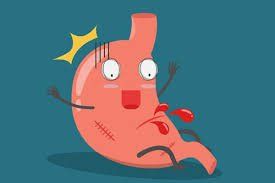
4. Gastric antral inflammation
The stomach is divided into many positions starting from the cardia, aneurysm, the great curvature, the body, and the small curvature, then the antrum, and the last position is the pylorus. Thus, it can be said that gastritis is a condition in which the gastric mucosa is damaged near the end of the stomach, before the pylorus. Gastritis is usually manifested by pain above the navel. Depending on the severity of the disease, the pain will be intense or dull for a long time.
Currently, gastritis is often seen in many different ages, but the most common is still at the age of 35 and older. However, recent studies have partly shown that the proportion of young patients with antral gastritis is increasing, even in children there is a risk of this disease.
Symptoms of antral inflammation usually originate from the cell parts of the antrum that are affected and damaged by external agents. If not examined and treated in time, the disease can develop into some serious complications such as stomach ulcers, stomach bleeding and more dangerously, stomach cancer.
5. Stomach Helicobacter pylori infection
Normally, Helicobacter pylori (HP) bacteria are commonly encountered in the mucous membrane of the stomach and duodenum and can settle in there. However, when encountering a favorable environment such as unstable pH in the stomach, the body's resistance weakens, they will break down the mucus layer to attack the stomach lining and cause damage.
The reason why stomach Hp infection is known as "the silent spreader" is because the disease does not show any unusual symptoms. Normally, to detect Hp bacteria in the stomach, patients are usually prescribed a test. HP is the cause of stomach ulcers and is one of the risk factors for stomach cancer.
6. Stomach Cancer

Stomach cancer has similar manifestations to common stomach diseases, making it easy for patients to be confused and only detected when the disease has progressed to the final stage.
In the early stages of stomach cancer, symptoms are not obvious and most are discovered when the cancer cells have spread to other parts of the body. In case the patient has a history of diseases related to the stomach, it is necessary to carefully examine the pathology periodically, to avoid a bad situation that turns into cancer. Some signs of stomach cancer include: Weight loss, abdominal pain, loss of appetite, bloating after eating, vomiting blood and passing black stools. Basically, the symptoms of stomach cancer are similar to other stomach diseases, so patients often have subjective psychology, only going to the doctor when the disease is serious.
Please dial HOTLINE for more information or register for an appointment HERE. Download MyVinmec app to make appointments faster and to manage your bookings easily.
Thực phẩm bảo vệ sức khoẻ BÌNH VỊ THÁI MINH
Dành cho người bị trào ngược dạ dày, viêm loét và đau dạ dày
Các nghiên cứu và xét nghiệm tiến hành tại Đại học Y Hà Nội và Bệnh viện Quân Y 103 (*) cho thấy Bình Vị Thái Minh có tác dụng:
- Hỗ trợ trung hòa, giảm tiết acid dịch vị ngăn hiện tượng trào ngược acid dạ dày
- Ức chế rõ rệt sự phát triển của vi khuẩn HP
- Hỗ trợ bao bọc, bảo vệ niêm mạc dạ dày khỏi sự bào mòn của acid dịch vị, hồi phục vết loét
- Hỗ trợ kích thích tiêu hóa, tăng tốc độ tháo rỗng của dạ dày, giảm trào ngược, đầy bụng, ợ hơi, ợ chua
Sản phẩm được bán tại các nhà thuốc toàn quốc.

>> Ưu đã đặc biệt MUA 1 TẶNG 1 dành cho 30 Khách hàng may mắn mỗi ngày khi đặt mua hàng TẠI ĐÂY
- Website: https://binhvithaiminh.vn/
- Tư vấn miễn cước và đặt hàng: 1800.6397
Thực phẩm này không phải là thuốc và không có tác dụng thay thế thuốc chữa bệnh. (XNQC: 2794/2020/XNQC-ATTP) (*) Nguồn: - Kết quả nghiên cứu tác dụng điều trị trào ngược dạ dày - thực quản và viêm loét dạ dày - tá tràng của viên nén Bình Vị Thái Minh trên thực nghiệm của Bộ Môn Dược lý, Đại học Y Hà Nội (tháng 4.2021) - Kết quả xét nghiệm đánh giá hiệu lực kháng Helicobacter Pylory tại Bộ môn - Khoa Vi sinh, bệnh viện Quân Y 103, Học viện Quân Y (tháng 2.2022)




